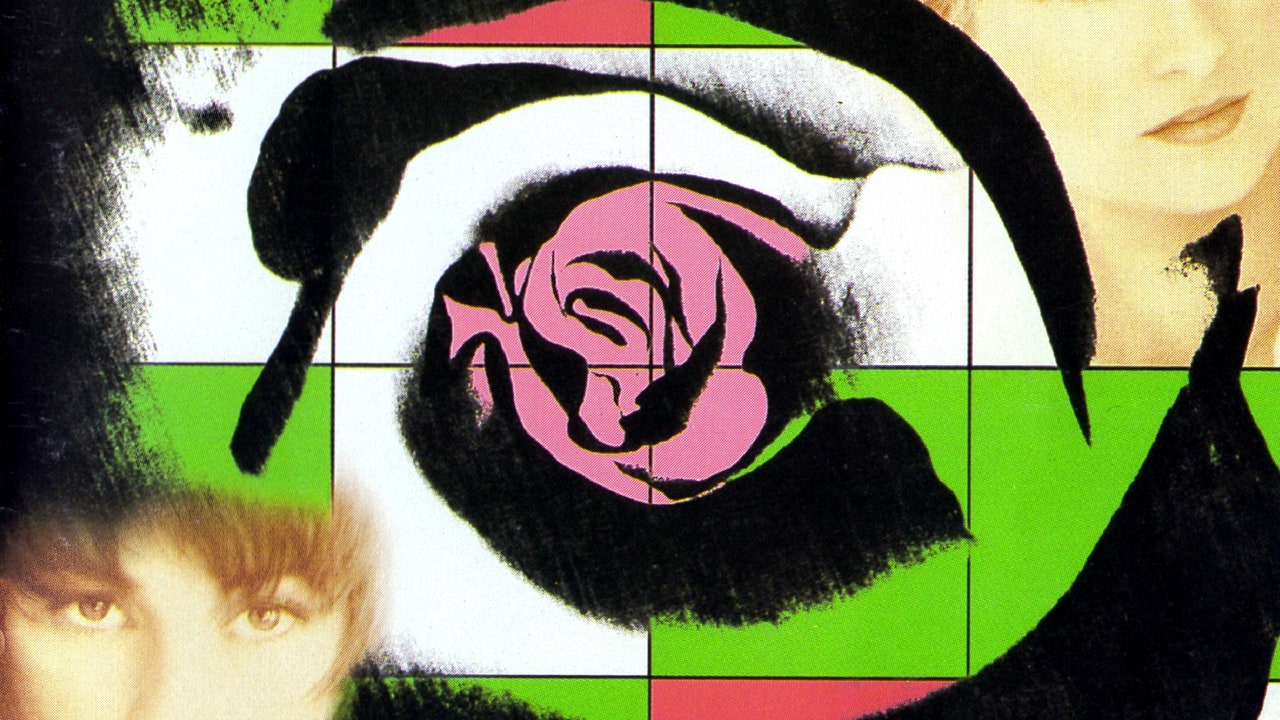By March 1994, “The Sign” topped the Billboard Hot 100 for an impressive six non-consecutive weeks. Ace of Base’s chokehold over radio was unprecedented—all three of their singles also reached No. 1 on the Mainstream Top 40 airplay chart, making them the first band in history to rack up that achievement with a debut album. With “The Sign” in particular, it’s easy to see why: that funky beat, the strangely processed whistle, and Jenny and Linn’s ascending, occasionally growling dual performances are irresistibly sunny. Even as critics took every opportunity to call the band ABBA clones, often straight to their faces (“If you ask us an ABBA question, it’ll cost you five bucks,” Linn once joked to a reporter), and dinged them for their repetitive sound, Ace of Base’s persistence and distinct blend of genres made them stars outside of their counterparts’ shadow. Much like white artists throughout history who have rewired Black music into a diluted, more commercially palatable form, from Elvis to the Beach Boys, their whitewashing of reggae worked wonders in the mainstream. It helped that their featherlight sound, entirely synthetic and draped in a blanket message of optimism, doubled as counter-programming to the grimmer themes of the grunge and rap music then climbing the charts. It was a contrast they often amplified themselves: “I don’t think the lyrics are the best in the world,” Jonas admitted to Entertainment Weekly, “but they’re not about ‘I shot them down,’ or ‘I’ll kill that or that or that.’”
The instant rush of fame left a lasting mark on the group, especially its women. “I liked the success in Europe, but after that, all my interest was lost there,” Linn said of The Sign’s sudden ubiquity. They traveled on press tours for the better part of two years, leading to swift burnout. Linn, the primary singer and the face of the band, was subject to an intense spotlight. Most terrifying of all, in 1994 a would-be fan broke into the Berggrens’ family home and held Jenny at knifepoint. After three follow-up albums featuring the original lineup—The Bridge, Flowers (released in the U.S. as Cruel Summer), and Da Capo—both Linn and Jenny left the group. The Sign remains Ace of Base’s most essential album, a crystallization of pop music as it transitioned toward synthesizer-based production and pronounced Sweden as a veritable hub of pop songwriting. In the decade to come, aspiring American stars like Britney Spears and the Backstreet Boys would jet to Scandinavia in search of radio-conquering hits.
Though Ace of Base never reached the same level again, their music has had a longer, more curious afterlife than one could have anticipated. You can hear its influence within titanic turn-of-the-2010s pop albums like Lady Gaga’s The Fame Monster and Katy Perry’s Teenage Dream; both singers have also worked with Swedish producer Max Martin, who was running coffee for Denniz Pop around the same time that his mentor was producing Ace of Base. By design, it’s hard to resist their upbeat, stylized reggae-pop. Today, turn on any pop radio station and one of their hits from The Sign will turn up eventually, bopping along like a waving palm tree, as absurdly catchy an example of pop music’s simplest pleasures now as it was then.
Additional research by Deirdre McCabe Nolan.







